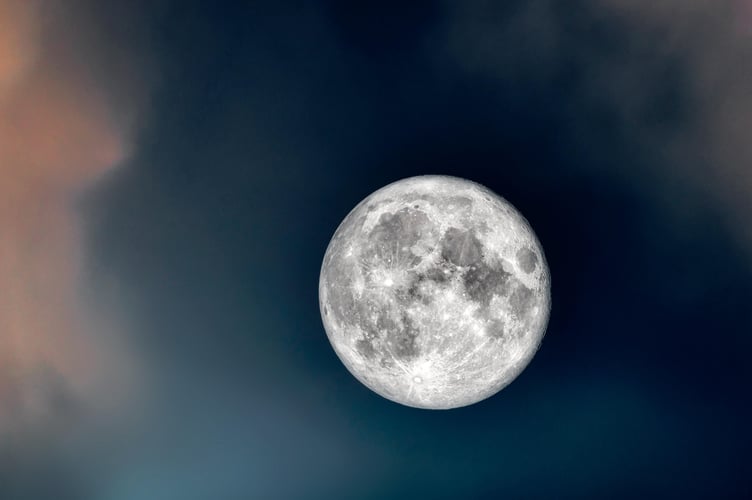British Summer Time ends on October 27, meaning the sun sets before 6pm by the end of the month, so make the most of the remaining light evenings. On the other hand, the fact it gets dark at a reasonable hour and is not too cold makes October a good month for observing the night skies (provided it isn’t raining!).
The sun is still pretty active, but the shorter daylight hours increase the opportunity to see any aurora. It’s always worthwhile looking north after dark to see what may be hanging about there.
An annular eclipse -when the moon passes between the sun and Earth, casting a shadow on the planet – takes place on October 2, but is unlikely to be visible beyond the Pacific. Keep up to date at www.spaceweather.com
The phases of the moon this month are as follows: New Moon, October 2; First Quarter, October 10; Full Moon, October 17; Last Quarter, October 24. This full moon is called the Hunter’s Moon, because hunters would use the autumn moonlight to track and kill the deer that had fattened themselves over the summer.
A new extra moon will join us in Space for a couple of months. It’s a member of the Arjuna asteroid belt; these asteroids orbit the sun in a very similar orbit to planet Earth. It will orbit the Earth, like our moon, for about two months before leaving our company to orbit with other Arjunas.
As for the planets, Venus can be well seen in the evening sky in Libra, while Jupiter is moving east in Taurus and Saturn is in Aquarius.
A comet Atlas may be visible to the naked eye according to Joe Rao, my man in America. It has already been imaged in Australian skies, and Joe claims it may be visible in European skies in “the fall” - Autumn to those of this side of the Pond..
Brian Sheen runs the Roseland Observatory which is based in Truro High School for Girls. Find it online at www.roselandobservatory.co.uk and www.facebook.com/roselandobservatory.




.jpeg?width=209&height=140&crop=209:145,smart&quality=75)
Comments
This article has no comments yet. Be the first to leave a comment.